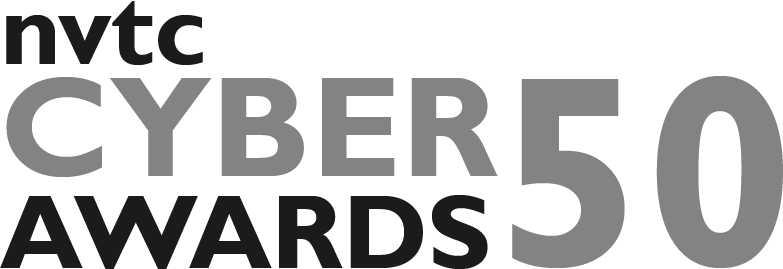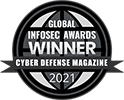The Leaders in Data Breach Response Software
Harness the power of AI for fast, accurate data mining for cyber incident response.
We Make Data Mining Faster & Easier Than Ever
Canopy’s software products are purpose-built to find PII & PHI buried in any data set. Our AI-powered processing allows you to data mine faster than ever, with even greater confidence in the accuracy of your assessment.
Whether you're dealing with PSTs, fileshares, or servers, our machine learning algorithms are trained to zero in on protected data. They've already detected billions of PII elements without the need for regex or keyword searches, and continue to improve with every completed project.

Cloud-Native Tech for All Your Data Needs
Whether you're responding to a breach or you're proactively working to mitigate risk, Canopy's patented cybersecurity and data privacy technology has you covered. Explore our two software products:
Data Breach Response
Fulfill regulatory and ethical obligations to notify quickly in the event of a data breach with streamlined data mining, PII review, and entity consolidation.
Privacy Audit
Improve how your organization handles sensitive information and mitigate risk before a breach occurs by understanding what’s in your data with certainty and specificity.

Powered by AI and Machine Learning
Canopy employs clustering algorithms and neural networks along with natural language processing (NLP) and other techniques to continually refine many processes, including PII/PHI detection, file type classifications, and entity suggestions and consolidation.
In short: It gets smarter with every project.
PII, PHI, Protected Data, Sensitive Data — What Does It All Mean?
Personally identifiable information (PII), protected health information (PHI), and other related terms refer to data that can identify an individual and whose disclosure has the potential to cause harm. That's why it's protected by data privacy regulations like GDPR, CCPA, HIPAA, and FERPA, to name a few.
PII and protected data classifications vary across jurisdictions, which makes data mining infinitely more difficult. Fortunately, Canopy’s legal advisors and data analysts maintain a comprehensive database of jurisdiction-specific PII elements. You don't need to worry about creating complex keyword or regex searches — our machine learning algorithms have you covered.


What's In a Name?
Data privacy and cybersecurity are fast-growing, complex, and continuously evolving landscapes. At Canopy, we see the forest and the trees.
Our Data Breach Response and Privacy Audit software take a holistic view of your data: they can quickly process entire data sets, providing immediate insights regarding what PII exists and where.
At the same time, our machine learning algorithms get granular, making it easy to examine each individual document for PII disclosure in context. Data Breach Response also enables you to match each PII element to a unique person, so you know exactly who to notify as quickly as possible.
Proven Leadership in Data Privacy & Cybersecurity
The volume of sensitive information residing outside of its owner's control is growing, as is the number of cybersecurity threats faced by organizations that process this data. Canopy was created to combat the increasing data privacy risks that come with the digital world. Our patented, award-winning technology is changing how incident response teams worldwide approach security incidents.



Canopy Meets Global Security Requirements
Our Data Breach Response and Privacy Audit software are cloud-based and deployed on Amazon Web Services (AWS). We currently support AWS in the United States, Canada, Europe, and Asia Pacific, and we can quickly deploy to additional regions as requested.

Ready to discover what's in your data with improved speed & precision?
Explore the Canopy solution that meets your needs, or request a demo to see our AI-powered software in action.
Request a Demo
Download Our Machine Learning Brochure
Download Our PII Detection Brochure
Download Our Case Study:
See how Canopy's patented, AI-powered PII detection saved one review team 2,000 hours versus alternative data mining tools and techniques.